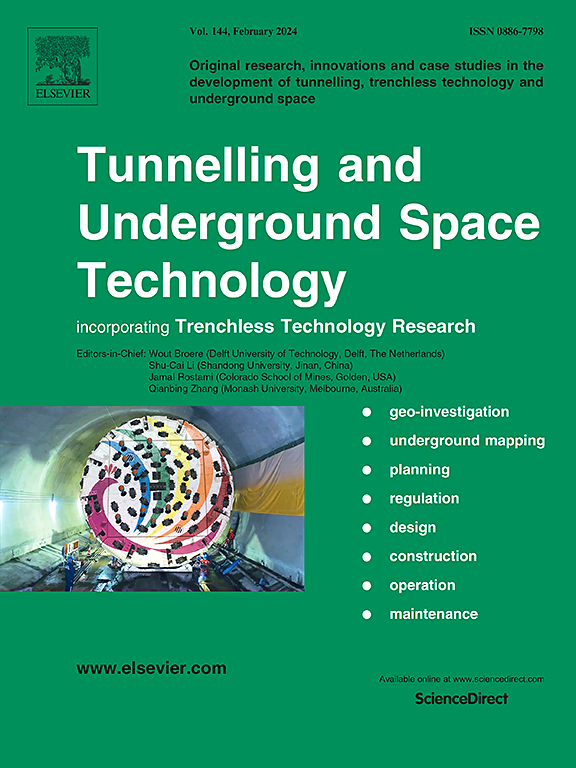Underground landscapes: volcanism, lava tubes, and man
IF 6.7
1区 工程技术
Q1 CONSTRUCTION & BUILDING TECHNOLOGY
引用次数: 0
Abstract
Lava tubes, or pyroducts, have played a significant role in human history, serving as shelters, storage spaces, and dwellings across diverse cultures, times, and geographies. However, knowledge about their uses remains fragmented across various disciplines and sources. This research consolidates an extensive review of human interactions with lava tubes through bibliographical studies and on-site expeditions, culminating in the creation of the Atlas of Lava Tube Uses. Integrating geological and anthropological insights, this atlas provides a comprehensive resource that bridges the gap between terrestrial history and extraterrestrial exploration. In fact, since the 1960s, researchers have hypothesized the existence of similar underground volcanic caves on the Moon and Mars. To date, 271 and 1062 potential cave entrances have been identified on the lunar and Martian surfaces, respectively. These extraterrestrial structures are increasingly viewed as promising candidates for future space habitats, offering protection from extreme environmental conditions. By connecting Earth’s historical use of pyroducts with modern exploration efforts, this study lays the groundwork for designing liveable and sustainable underground habitats beyond our planet while highlighting the significance of these underground landscapes in Earth’s heritage.
地下景观:火山活动、熔岩管和人类
熔岩管或熔岩产品在人类历史上扮演着重要的角色,在不同的文化、时代和地理环境中充当避难所、储存空间和住所。然而,关于它们的使用的知识仍然分散在不同的学科和来源中。这项研究通过文献研究和现场考察,巩固了对人类与熔岩管相互作用的广泛回顾,最终形成了熔岩管使用地图集。整合地质学和人类学的见解,这个地图集提供了一个全面的资源,弥合了地球历史和地外探索之间的差距。事实上,自20世纪60年代以来,研究人员就假设月球和火星上存在类似的地下火山洞穴。迄今为止,在月球和火星表面分别发现了271和1062个潜在的洞穴入口。这些地外结构越来越被视为未来太空栖息地的有希望的候选者,可以提供保护,免受极端环境条件的影响。通过将地球对产品的历史使用与现代勘探工作联系起来,本研究为设计地球以外的宜居和可持续的地下栖息地奠定了基础,同时强调了这些地下景观在地球遗产中的重要性。
本文章由计算机程序翻译,如有差异,请以英文原文为准。
求助全文
约1分钟内获得全文
求助全文
来源期刊

Tunnelling and Underground Space Technology
工程技术-工程:土木
CiteScore
11.90
自引率
18.80%
发文量
454
审稿时长
10.8 months
期刊介绍:
Tunnelling and Underground Space Technology is an international journal which publishes authoritative articles encompassing the development of innovative uses of underground space and the results of high quality research into improved, more cost-effective techniques for the planning, geo-investigation, design, construction, operation and maintenance of underground and earth-sheltered structures. The journal provides an effective vehicle for the improved worldwide exchange of information on developments in underground technology - and the experience gained from its use - and is strongly committed to publishing papers on the interdisciplinary aspects of creating, planning, and regulating underground space.
 求助内容:
求助内容: 应助结果提醒方式:
应助结果提醒方式:


